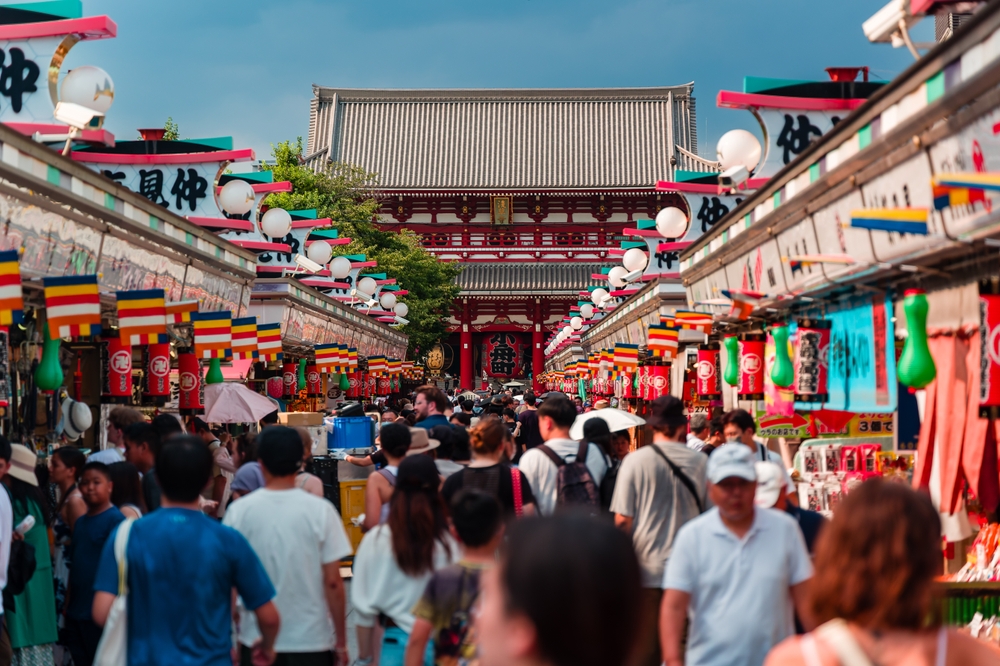In response, Japan is considering measures such as dual pricing, where foreign tourists pay more than locals.
Others are reading now
Japan is grappling with a surge in tourism, sparking concerns among locals about “kankō k-gai,” or “tourism pollution.”
23 Million Visitors
According to El Economista this phenomenon describes the negative impacts of mass tourism on daily life and the environment. The influx of tourists, driven by a weaker yen, has highlighted the need for sustainable tourism management without compromising Japan’s premium destination image.
In 2019, Japan welcomed a record 32.3 million visitors, generating $359 million for its GDP. This year, however, could surpass that number, with 17.78 million tourists already arriving in the first half of 2024. While the tourism boom benefits the economy, it also strains infrastructure and local communities. For instance, Kyoto’s historic Gion district has restricted access to protect geishas from intrusive tourists. Additionally, areas like Nara and Miyajima have faced issues with tourists harming sacred deer.
Also read
Dual Pricing
In response, Japan is considering measures such as dual pricing, where foreign tourists pay more than locals. This approach, seen in countries like Turkey and India, aims to manage tourism impacts while maintaining local access.
For example, Himeji’s mayor proposed raising entry fees for foreign visitors to Himeji Castle, a UNESCO World Heritage site, while keeping costs low for residents. Similarly, Osaka plans a tourist tax for the 2025 World Expo.
The new regulations, such as a climbing fee for Mount Fuji, aim to reduce overcrowding and preserve natural sites. While these measures may seem controversial, they reflect a growing trend in popular destinations to balance economic benefits with cultural and environmental preservation.


